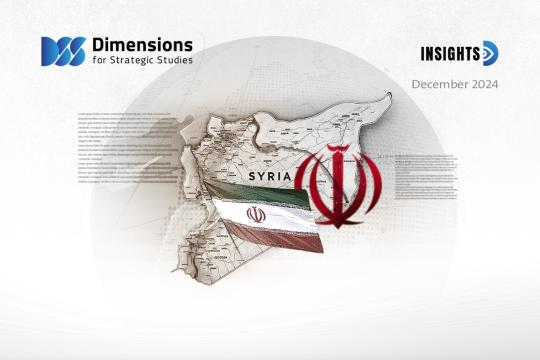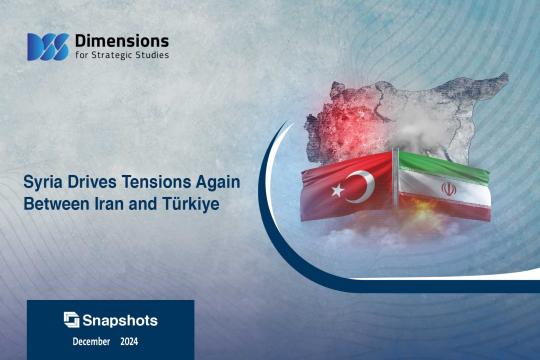
Map of military forces’ control in Yemen
2022-11-028700 view
In Yemen, the map of military forces’ control has witnessed continuous change since 2014 as a result of the ongoing conflict between the local and international powers on the ground.
In an attempt to provide a clear understanding about the positions of the actors, "Dimenssions for Strategic Studies" (DSS), in cooperation with the "InformaGene platform for data analysis", publishes a map of military forces’ control in Yemen as it is on November 1, 2022.
The map focuses on four main forces that have significant military influence on the ground, which are the Government forces, the Houthi group, the Transitional Council, and the National Resistance.
The maps show that the government forces fully control the governorates of Al-Mahra and Hadramout, the center of Ma'rib governorate, parts of Saada governorate, Hajjah governorate, Al-Dhalea governorate, and large parts of Taiz governorate, including the governorate center. As such, the government forces control 60.4% of the total Yemeni territory, which is the largest percentage in terms of area.
In light of the above-mentioned fact however, the Houthi group completely controls Sana'a, Amanat Al-Asimah, Amran, Dhamar, Al-Bayda, Ibb and Raymah. Moreover, the group controls most of the areas of the governorates of Saada, Hajjah, Al-Hodeidah and Al-Jawf, which constitutes 22.8% of the total area of Yemeni lands.
As for the Transitional Council, it controls the interim capital, Aden, the entire governorate of Abyan, Lahj, and Shabwa, and part of the Al-Dhalea governorate. Totally, it controls about 15.6% of the total area of Yemeni territory.
Finally, fourth major actor, which is the National Resistance, it controls parts of Al-Hodeidah Governorate, and parts of Taiz Governorate. As a result, the percentage of what the National Resistance controls is 01.2% of the total area of Yemeni territory.
To see the full maps and the attached analytical study, please click here





